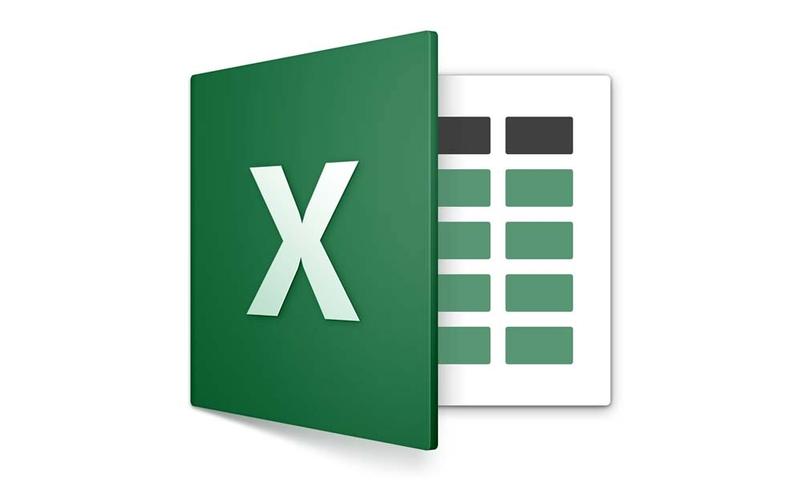

- #Macros in excel 2016 for mac update#
- #Macros in excel 2016 for mac for android#
- #Macros in excel 2016 for mac code#
This exploit has already been used to escape the sandbox before, and it seems Microsoft released an update to close the vulnerability. It’s true you cannot modify files already stored on your computer from within the sandbox. How can a hacker attack the computer anyway? Well, it turns out it’s not very hard to escape Microsoft’s sandbox on a Mac.
#Macros in excel 2016 for mac code#
But the code is still executed within MS Office’s isolated sandbox. Escaping from the sandboxĪs we have now established, an attacker can run a macro invisibly. This vulnerability is not new, and it was described in detail in 2019. However, Microsoft applications (e.g., Excel) still support Sylk for reasons of backward compatibility.


The format, which uses the XLM macro language, was developed in the 1980s and was last updated in 1986. This can be done using the Sylk (SLK) file format. But at the same time, it is possible to create a document in which the macro launches automatically and without any user notification, even if macros have been disabled in the settings. In most cases, it works as the developers intended. Take, for example, the system that warns the user when it detects a macro in a document. Bypassing the mechanism that disables macros Wardle illustrated his presentation by demonstrating a chain of exploits. Therefore, researchers (or attackers) can potentially find methods to bypass them. In practice, however, many security mechanisms are implemented rather problematically. An exploit chain gets the macro out of the sandbox In theory, everything seems quite secure. In particular, these include file quarantine and “notarization,” which is a technology that prevents the launch of executables from external sources.īasically, these technologies, combined, should be sufficient to prevent any harm from malicious macros. In addition, if the user decides to launch the macro anyway, then the code is executed in a sandbox, which, according to Microsoft’s developers, prevents the code from accessing the user’s files or causing other damage to the system.įor Apple’s part, the company introduced several new security features in the latest version of its operating system, macOS Catalina. Microsoft alerts users when they open a document that contains a macro. Therefore, both Microsoft and Apple have mechanisms to protect the user. Of course, everyone has long known about the potential threat posed by documents containing macros. Some do so out of habit others for the sake of compatibility with the documents their colleagues create. Indeed, despite the availability of Apple’s own productivity apps, many users prefer to use Microsoft Office. One of the most common ways of attacking computers running macOS is through documents with malicious macros - that is, through Microsoft Office applications. Worse, system administrators at companies where employees work on Apple hardware often hold the same opinion.Īt the Black Hat USA 2020 conference, researcher Patrick Wardle tried to disabuse the audience of this misconception by presenting his analysis of malware for macOS and building an exploit chain to take control of an Apple computer. Many macOS computer users are still confident that their machines do not need protection.
#Macros in excel 2016 for mac for android#
Kaspersky Internet Security for Android.


 0 kommentar(er)
0 kommentar(er)
